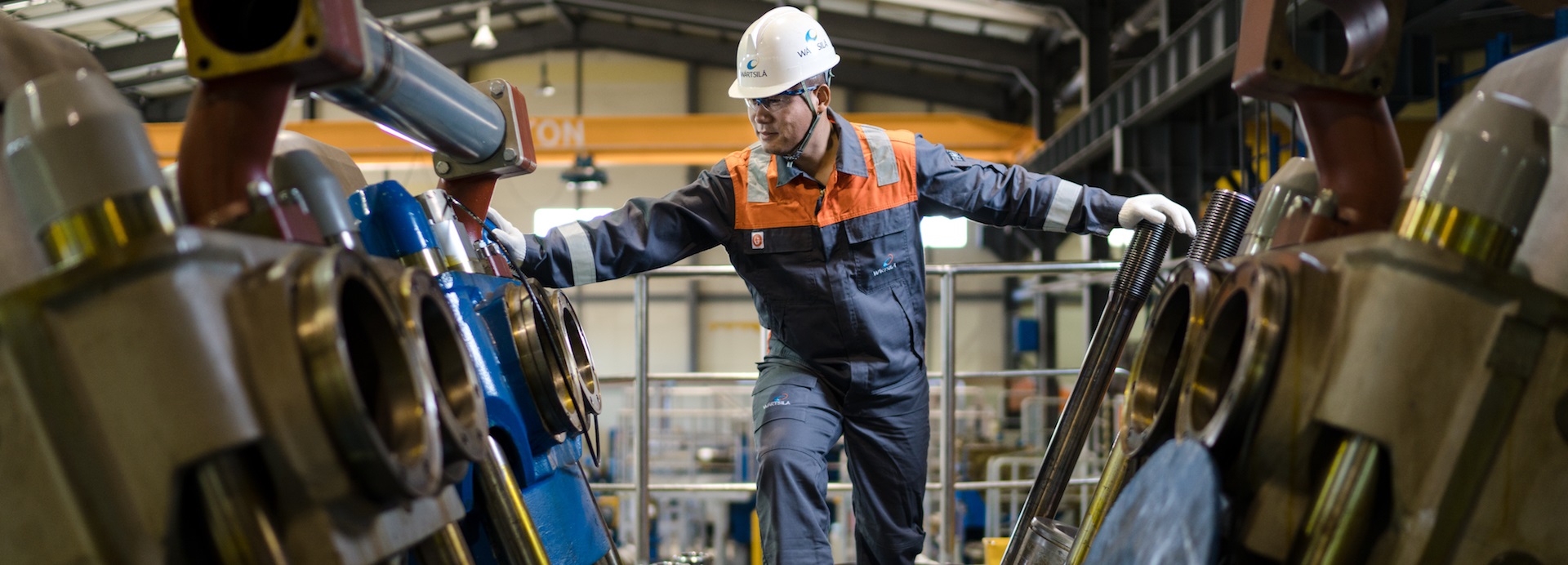

Harvard psychiatrist Albert Rothenberg spent over half a century studying Nobel Laureates, trying to understand what fuelled the creativity of people who had made ground-breaking contributions to science, literature, and the arts. He discovered that innovators had an overriding passion to create something new. These goal-oriented individuals were prepared to take risks and go against the norm for their idea. Their deviance was creative, not destructive. They were rebels with a cause.
Research shows us that the need to swim against the tide arises because new ideas are often shot down when they’re first floated. The process of innovation requires making space for failure which, for a large company, is often seen as too risky, expensive, or unworkable.
Given that the riskiest ideas often lead to the biggest breakthroughs, it’s clearly worth understanding more about positive deviance.
Deviant thinkers
“It takes a predisposition to be rebellious, unconventional, independent, but not all creative deviants are natural rule breakers,” says Charalampos Mainemelis, Professor of Organisational Behaviour at Alba Graduate Business School. “It’s a constellation of personality elements and/or social context that create the inclination to rebel and subsequently to create.”
He explains that not all those who think out-of-the-box are innovators and not every innovator is an out-of-the-box thinkers by nature. For instance, Shuji Nakamura, the inventor of the energy-saving LED wasn’t a natural born rebel. But he was passionately attached to an idea that he knew the world needed. After being told his company had no time or budget to develop his innovation, he went off and did it himself. Nakamura won the Nobel Prize for his subsequent contribution to Physics in 2014.
We want people to walk the extra mile – but we need to let them wear their own shoes. Fail, but fail fast! It’s part of the game.
Another historical example is the team of young engineers who challenged the established hierarchy at NASA in 1986, when they realised the mission-control set-up was outmoded. They ended up creating what became an award-winning mission control system for the shuttle program – against the instructions of their superiors – in record time and on a miniscule budget.
Freedom to fail
Like Nakamura, deviant thinkers may not actually want to be “boat rockers”, says Mainemelis, but they may become them to get their ideas heard. According to the researcher, this pattern of initial rejection combined with structural obstacles is actually a recipe for innovation.
“Encouraging creativity then saying there’s no time or money to develop an idea actually increases the likelihood that people will pursue it. It’s like dangling a carrot for a kid. Tell us we can’t have it and we don’t want to stop,” he says.
Research also shows that creative deviants are very goal oriented, and they’re not afraid to fail. True creators understand that learning new things means taking risks.
“At some point you will fail. That is the price of innovation,” says Mainemelis.
However, companies must decide for themselves where the happy medium lies between innovation and risk. For some, incremental innovation is the goal and large-scale failures aren’t an option.
“You need to understand what the context tolerates,” explains Mainemelis. “Radical innovation requires more frequent or substantial failures, and that’s not for everyone.”
A balancing act
So what does this mean for managers eager to foster creativity and innovation in their workforce? It’s about striking a balance, says Sophia Boleckis, Wärtsilä’s Employee Experience Lead.
“If you’re thinking ‘in the box’ you use the same ideas and create the same solutions,” says Boleckis. “However, creative thinkers need to team up with people with their feet on the ground. Too many out-of-the-box thinkers can create chaos.”
Pigeonholing employees into tightly defined roles also puts the brakes on innovation, she adds. While employees need a degree of security and predictability, managers may have to “let people out of their own box” if they want them to generate new ideas.
“We want people to walk the extra mile – but we need to let them wear their own shoes,” says Boleckis.
“Fail, but fail fast!” she laughs. “It’s part of the game.”
For Dr. Mainemelis, the current global climate means it’s never been more important to strike the right balance between predictability and rebellion. He thinks that global challenges like climate change and economic stability are facing us to lead teams and businesses with renewed humility.


